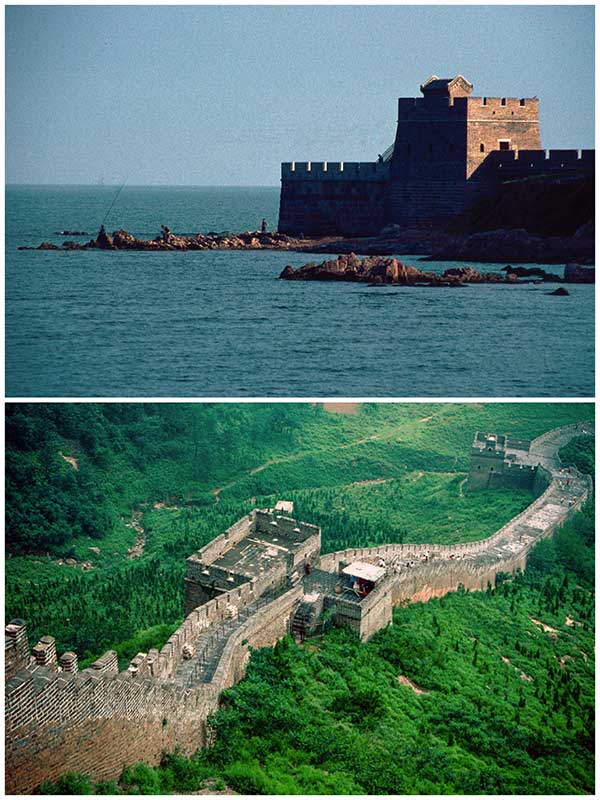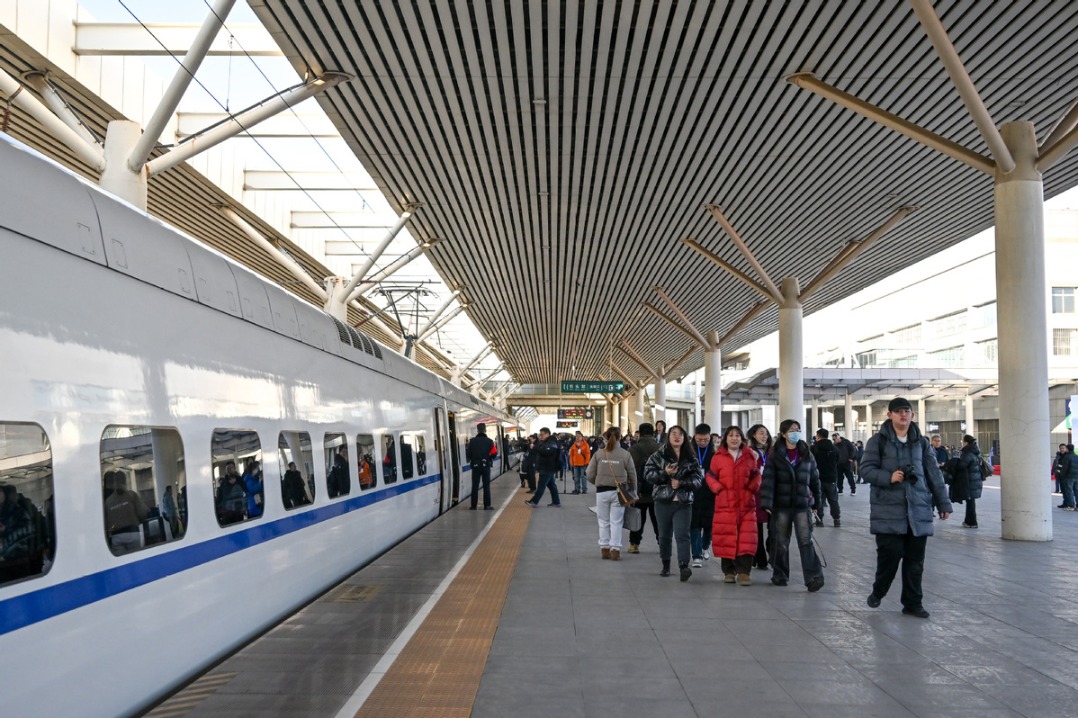Walking along ancient structures at Jiayuguan


My initial impression was of heavy industry. This small city of around 300,000 people expanded with the opening of Jiuquan Steel Company in 1958. In the 1950s, much heavy industry had been relocated from eastern Chinese cities to more remote western locations.
Checking into a small hotel close to the city center, I was soon out walking. Outdoor markets presented enticing aromas of spicy lamb kebabs and stir-fries. Regularly I would look up toward the magnificent fort sitting on a distant hill.
Jiayuguan is where the Great Wall meets the Silk Road. Located in the Jiayu Pass between the Qilain and Heishan mountains, its fortification is the largest and most intact pass along the Great Wall. Constructed around 1372 during the Ming Dynasty it was the strongest fortress built to prevent hostile incursions. It acted as a strategic control point for travelers and traders heading to and from Central Asia crossing remote frontiers of China. By 1540 Jiayuguan had grown into a small town engaged in trading, along with many inns and markets. It catered to the needs of the military garrison stationed at the fort, as soldiers often disliked or even feared such a remote posting.

































